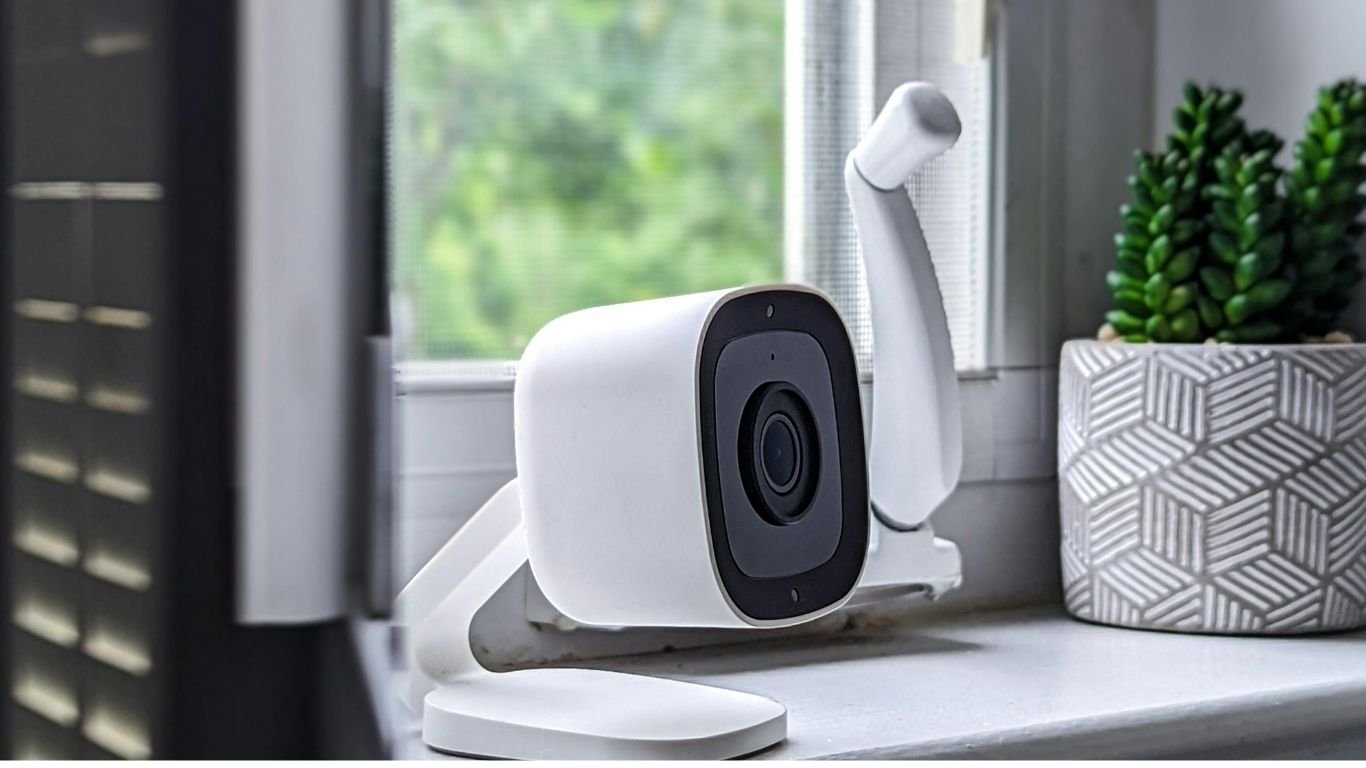In an era where AI is dominating, with its abilities to attack, in conjunction with a greater connection between diagnostics and hospital settings, the healthcare industry is facing its greatest cybersecurity challenges yet. It’s now pivotal for medical startups and established healthcare providers to operate within a landscape that’s shaped by tumultuous threats like data breaches and ransomware, not to mention the regulatory pressures. What does this mean? Getting cybersecurity right is more than just something that’s optional; but a core function of your modern medical practice. Let’s show you some practical and forward-thinking tactics to ensure your medical cybersecurity strategy meets the highest standards of protection and compliance:

Prioritize Penetration Testing
As connected medical devices become targets for cybercriminals, proactive medical device penetration testing is more critical than ever. This can help to simulate real-world attacks to uncover vulnerabilities before hackers can exploit them. Regularly commissioned tests, particularly after firmware updates or integration with third-party systems, can mitigate risks and support regulatory compliance under frameworks such as the FDA’s updated 510(k) cybersecurity section.
Complying With Evolving Digital Health Standards
Understanding compliance is one thing, but maintaining it can become increasingly complex as new frameworks emerge. Key standards include the ISO 42001 for AI governance, and aligning cybersecurity practices with these types of standards doesn’t just demonstrate accountability but also builds trust with investors and partners alike.
Adopt Zero Trust Network Architecture
Various cyber strategies align with the importance of a Zero Trust model. This means every user, device, and connection needs to be verified regardless of its prior credentials. For healthcare organizations that manage sensitive patient records, this approach will reduce the chance of insider breaches and credential theft, while implementing granular access controls, continuous authentication, and monitoring on the device level can help to safeguard critical systems.
Enhancing Resilience With the Right Practices
It’s important that we don’t just stay static, because we have to monitor continuously to enhance our resilience. Modern systems now use predictive models so they can detect suspicious activity across hospital networks, medical devices, and cloud infrastructures. You can implement AI-assisted threat detection to make the job easier, but the key is to implement these alerts continuously. Neutralizing the threats in real time is critical, as you will mitigate a number of costly mistakes.
Strengthening Your Supply Chain Cybersecurity
Healthcare’s reliance on outsourced digital components means that suppliers can become the weakest link. Therefore, you need to establish strict vendor risk assessments as well as contractual cybersecurity obligations, not to mention regular auditing across all partners that handle sensitive data or integrate their technology into clinical platforms.
Embedding Cybersecurity Into Your Product Design
Too often, startups treat cybersecurity as something to be dealt with after a product is launched, but if you design secure systems from the very outset, you’re going to reduce costs and future liabilities. Incorporating encryption protocols and code integrity checks in your product development can help you to comply with cybersecurity standards from the start, rather than being an added extra.
Fostering a Culture of Awareness and Accountability
Even the strongest firewall cannot defend against basic human error. The key is making sure that you conduct regular training sessions that help staff recognize more than just phishing attempts, but what database handling and social engineering truly look like. Business leaders should establish clear data governance policies and incident response protocols while ensuring everybody understands their cybersecurity responsibilities.
Build a Robust Incident Response Framework
Even with the best defenses, unfortunately, breaches can occur. An effective cybersecurity program needs to embed a well-rehearsed incident response plan. This means you have to establish an incident management team, define escalation protocols, and ensure rapid recovery procedures that maintain continuity regardless of the state of the cyber incident.
Prioritize Advanced Encryption Strategies
Modern healthcare demands end-to-end encryption that evolves as fast as threats do. There are a number of modern encryption approaches, such as blockchain integration and quantum-resistant algorithms, to ensure that patient information is virtually impossible to access without authorization. Using the blockchain ensures transparency that’s virtually tamper-proof, and using AI can adjust encryption levels accordingly to protect sensitive health records across the cloud and IoT ecosystems.
The future of healthcare depends on trust. Patients need to have confidence that their data and devices are safe. As crucial as adequate medical instrument storage and delivering excellent patient care, we must remember that strong cybersecurity practices don’t just defend networks, but will actually preserve the integrity of modern medicine. We need to remember that innovation is all well and good, but we need to build resilience into our practices as well!







